Haeger Potteries, established in 1852 in Dundee, Illinois, is a significant chapter in American pottery history, evolving from a brickyard to a leading manufacturer of art pottery. Known for its distinctive glazes, innovative designs, and historical significance, Haeger pottery has become a favorite among collectors since the company ceased production in 2016. This survey note provides a detailed exploration of Haeger’s history, key designers, types of pottery, collecting strategies, and resources for specialists, ensuring a thorough understanding for enthusiasts and experts alike.
Historical Overview
Haeger Potteries began as a brickyard, utilizing clay from the Fox River, and was founded by David H. Haeger, a German immigrant who became sole owner in 1871. The company gained prominence after the Great Chicago Fire of 1871, supplying bricks for reconstruction efforts. By the 1920s, Haeger had expanded into teaware, luncheonware, crystal, and glassware, marking its transition to broader ceramic production. A pivotal moment came in 1914 when J. Martin Stangl, a ceramic engineer from Fulper Pottery, was hired to develop artware. The first piece, a classic Greek vase nicknamed “Adam,” was produced in 1914, followed by “Eve” in 1915, both featuring a lustrous ebony glaze that became a hallmark (Wikipedia, 2006; Wisconsin Pottery Association, 2019).
In 1934, Royal Arden Hickman joined Haeger, introducing the “Royal Haeger” line, which emphasized art deco and mid-century modern styles. Hickman’s designs, including the iconic black panther figurine first produced in 1941, became emblematic of Haeger’s artistic output. This figurine, available in three sizes (18″, 24″, 26″), gained popularity, particularly in Black households during the 1980s and 1990s, and was recently featured in Kendrick Lamar’s 2024 “Squabble Up” video, highlighting its cultural resonance (Wikipedia, 2006). The company continued to innovate, introducing TV lamps in the 1950s to reduce glare from early television screens, a niche now popular among collectors (Crafts Hero, 2022). Haeger announced its closure in May 2016, ending a 145-year legacy, with its original plant in the Dundee Township Historic District and a former plant in Macomb, Illinois, demolished (Wikipedia, 2006).
Key Designers and Their Contributions
Haeger’s artistic evolution was shaped by several key designers, each leaving a distinct mark:
- J. Martin Stangl (1914–1920): Hired to develop artware, Stangl brought experience from Fulper Pottery, creating early pieces like the “Adam” and “Eve” vases. His work established Haeger’s reputation for quality glazes and forms, using lighter clay bodies and high-gloss, low-fire glazes compared to competitors like Red Wing and Hull (Wisconsin Pottery Association, 2019).
- Royal Arden Hickman (1934–1944, Freelance Post-1950s): As chief designer, Hickman introduced the “Royal Haeger” line, marked with “Royal Haeger by Royal Hickman U.S.A. R-###.” His designs, including the black panther figurine, are highly collectible, with the panther first produced in 1941 and copied by over 30 other potteries. Hickman’s art deco styles remain a collector favorite, and his later freelance work in the 1950s continued to influence Haeger (Wikipedia, 2006; Wisconsin Pottery Association, 2019).
- Eric Olson (1947–1972): Succeeding Hickman, Olson served as chief designer, contributing to post-war designs and maintaining Haeger’s artistic direction.
- Sascha Brastoff (1971): Known for his work with other pottery companies, Brastoff designed the Esplanade and Roman Bronze lines for Haeger, adding to its diverse portfolio.
- Elsa Ken Haeger (1954–1963): Designed the Royal Garden Flower-ware line, produced from 1954 to 1963, featuring floral motifs and numbered RG-1 through RG-198, with lower numbers indicating earlier examples (Wisconsin Pottery Association, 2019; WorthPoint, n.d.).
These designers’ contributions highlight Haeger’s versatility, from early Arts & Crafts influences to mid-century modern aesthetics.
Types of Pottery Produced
Haeger’s production spanned a wide range, reflecting its evolution:
- Early Products: Initially focused on bricks, tiles, and flower pots, Haeger’s early output catered to industrial and horticultural needs.
- Artware: The company’s artware, including vases, figurines, lamps, and decorative pieces, became its hallmark. The “Royal Haeger” line (1934–1944) featured art deco designs, while later lines like Royal Garden Flower-ware (1954–1963) emphasized floral themes. Other forms include cachepots, jardinieres, desk lamps, and lady head vases (WorthPoint, n.d.).
- TV Lamps: Introduced in the 1950s, these lamps were designed to reduce television glare, becoming a popular collecting niche, especially from the 1960s and 1970s, now drawing interest from collectors (Crafts Hero, 2022; Encyclopedia.com, 2020).
- Souvenir Pottery: At the 1934 Century of Progress Exposition in Chicago, Haeger featured a working ceramic factory, producing souvenir pottery, adding to its collectible appeal (Wikipedia, 2006).
Haeger’s use of lighter clay bodies and high-gloss glazes, while less expensive than competitors, ensured modeling and glaze quality of great invention and skill, particularly in vases and figurals (Wisconsin Pottery Association, 2019).
Key Citations
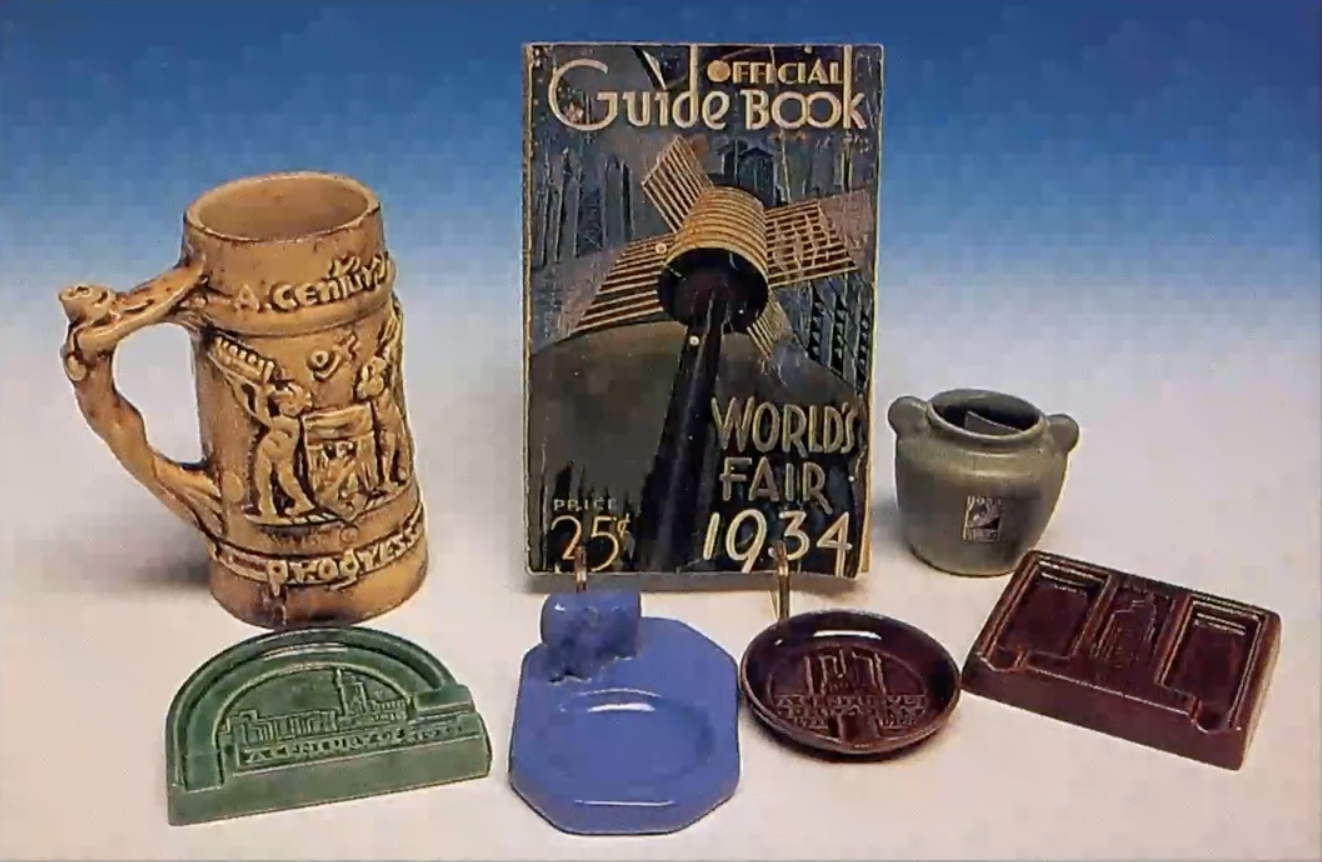
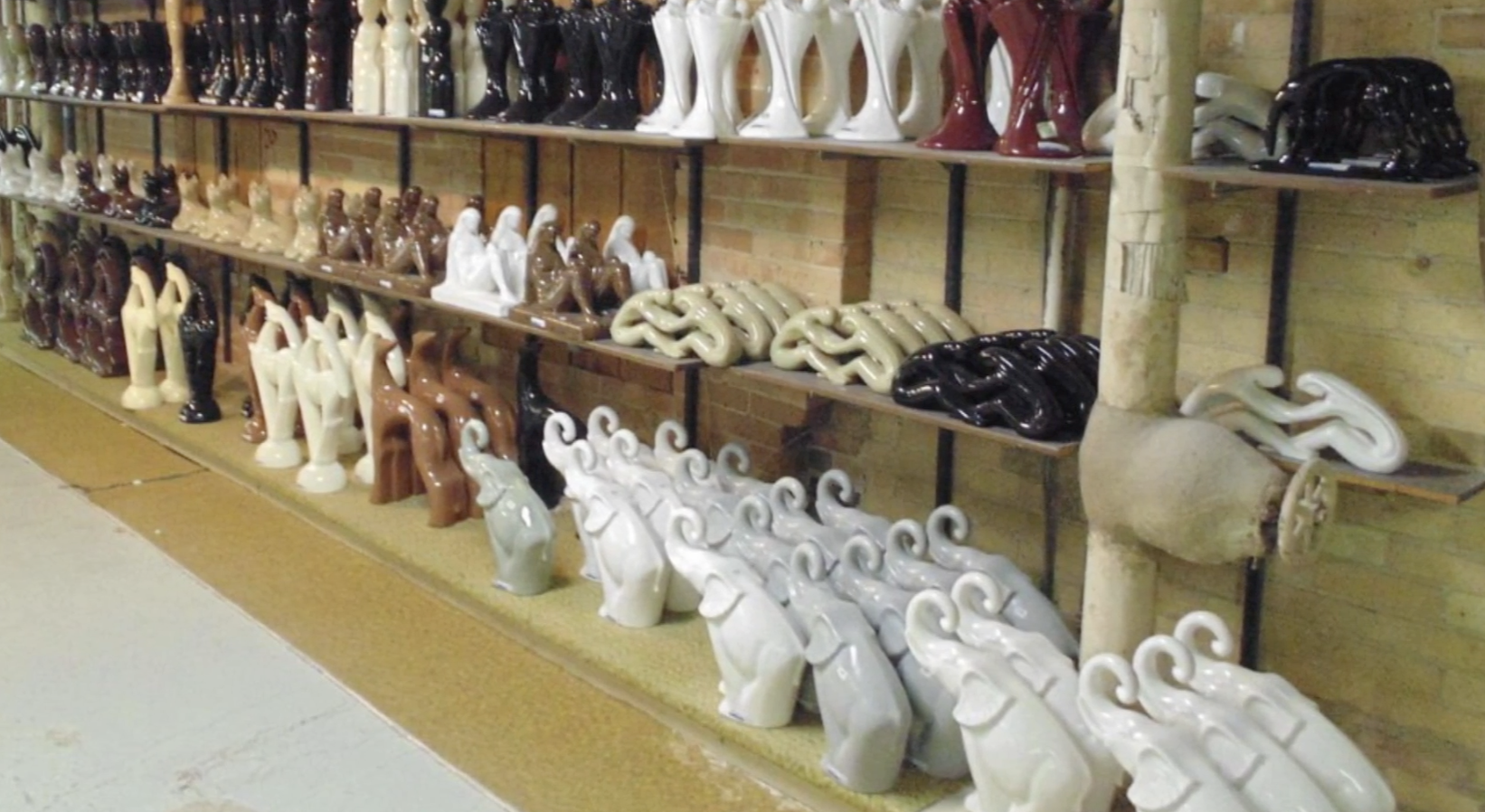
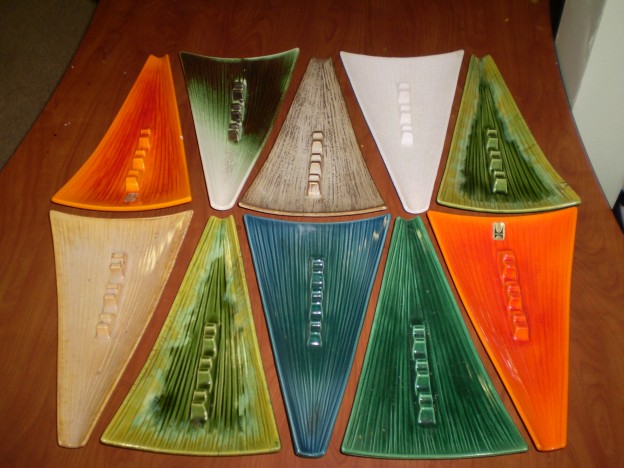
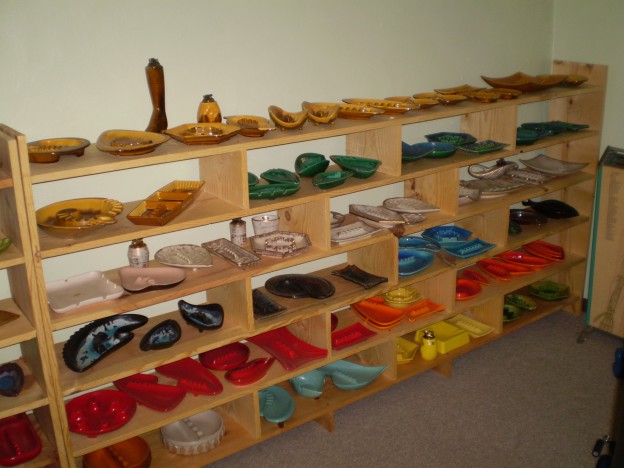
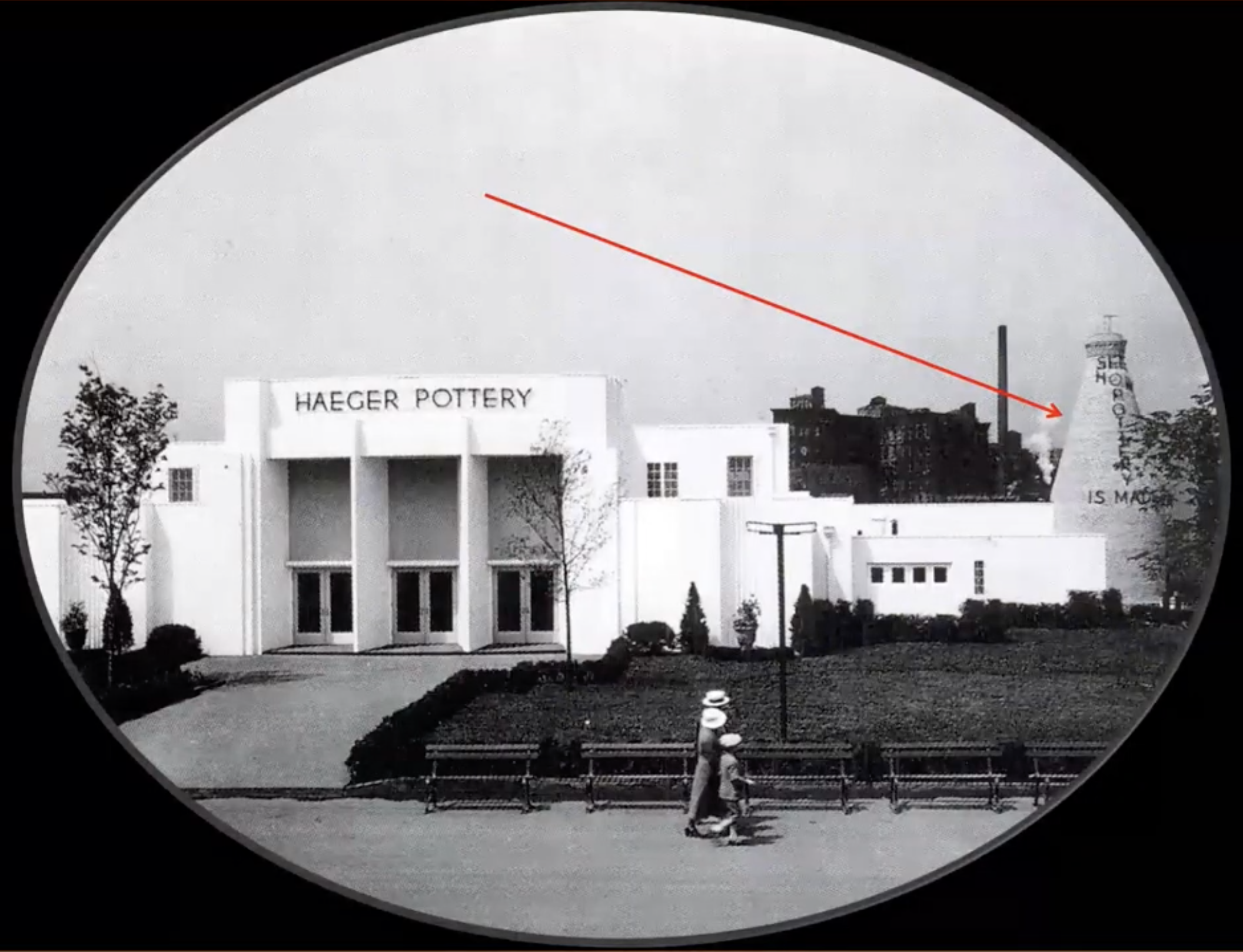
![Haeger #703 ashtray [briar agate glaze]](https://www.haegercollector.com/wp-content/uploads/2013/02/P1150028-624x468.jpg)



![Haeger Illinois sequicentennial [1818 – 1968] ashtray set [Lincoln, Douglas, Joliet, Addams]](https://www.haegercollector.com/wp-content/uploads/2013/02/P1150027-624x468.jpg)








![Haeger #728 ashtray and lighter set – [pheasant red / mandarin orange / fern agate glaze]](https://www.haegercollector.com/wp-content/uploads/2013/02/P1150043-624x468.jpg)








![Haeger 344 goblet vase [peach and blue streak glaze]](https://www.haegercollector.com/wp-content/uploads/2013/01/PC110035-624x832.jpg)



![Haeger leopard ashtray [grey tone and brown tone glazes]](https://www.haegercollector.com/wp-content/uploads/2013/01/PC110079-624x468.jpg)



